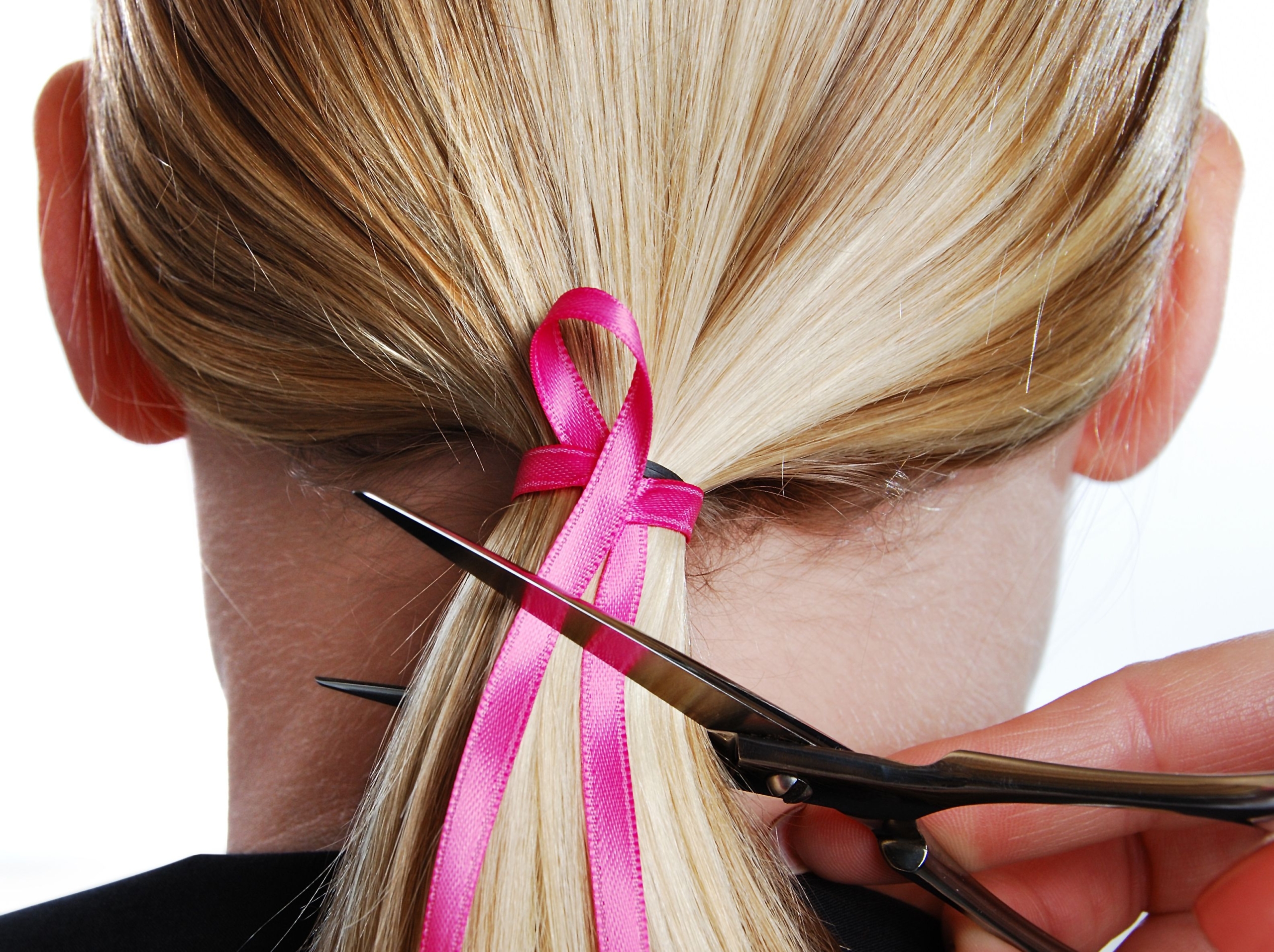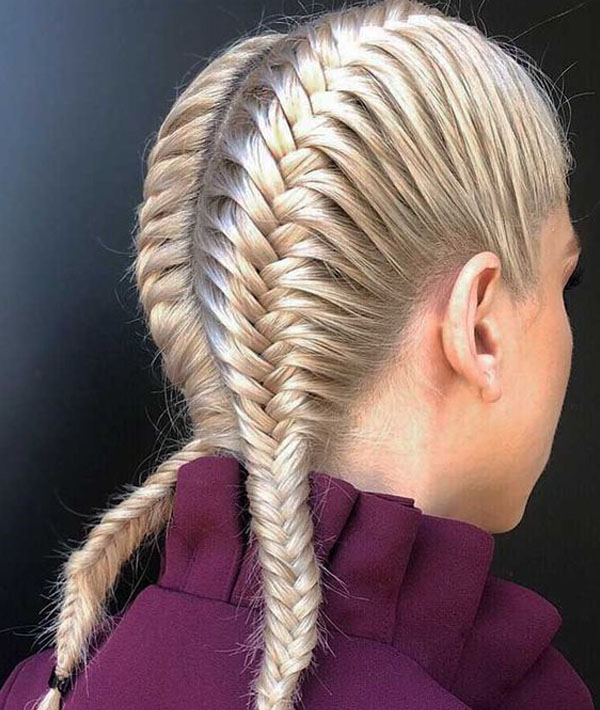The hair chart is a classification system for hair types. It was developed by Andre Walker, a stylist and hair care expert who works with celebrities such as Oprah Winfrey. It’s now widely used for determining the most suitable products for each type of hair. To learn more about how to use a Hair chart, read on.
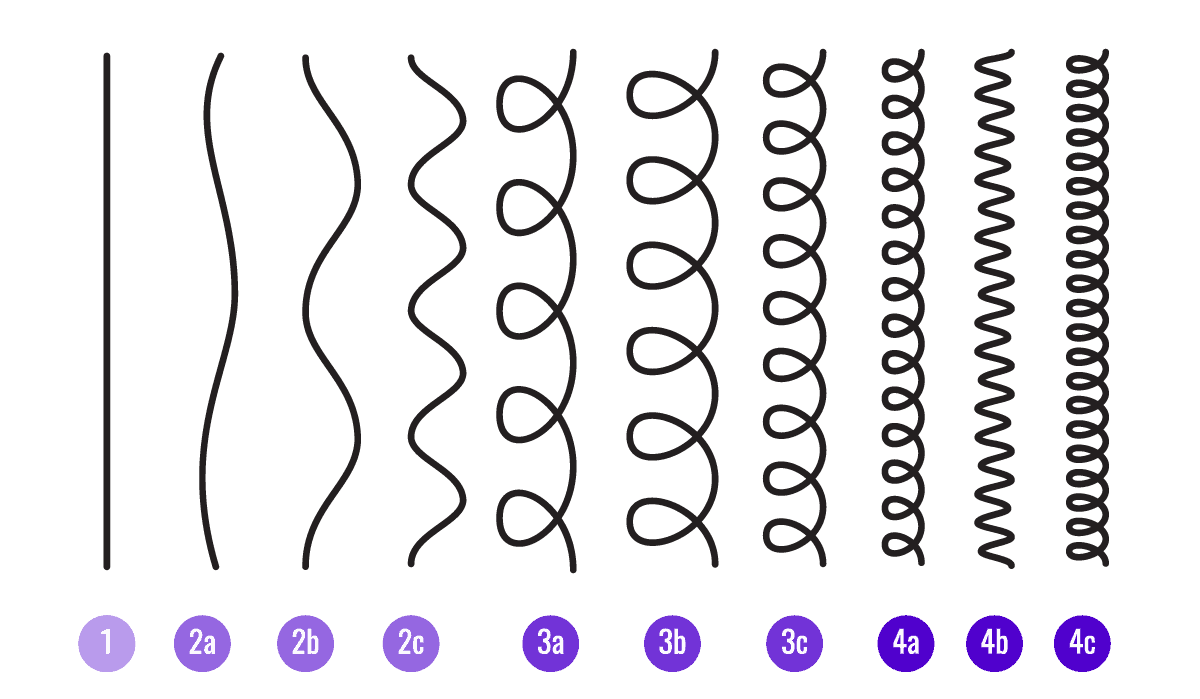
Curly hair has S or Z shape
Curly hair is generally defined by the shape of its follicles. This shape is mostly inherited. The curlier your Hair, the tighter the curls will be. This type of hair requires constant moisturizing, as it tends to be delicate and prone to tangling.
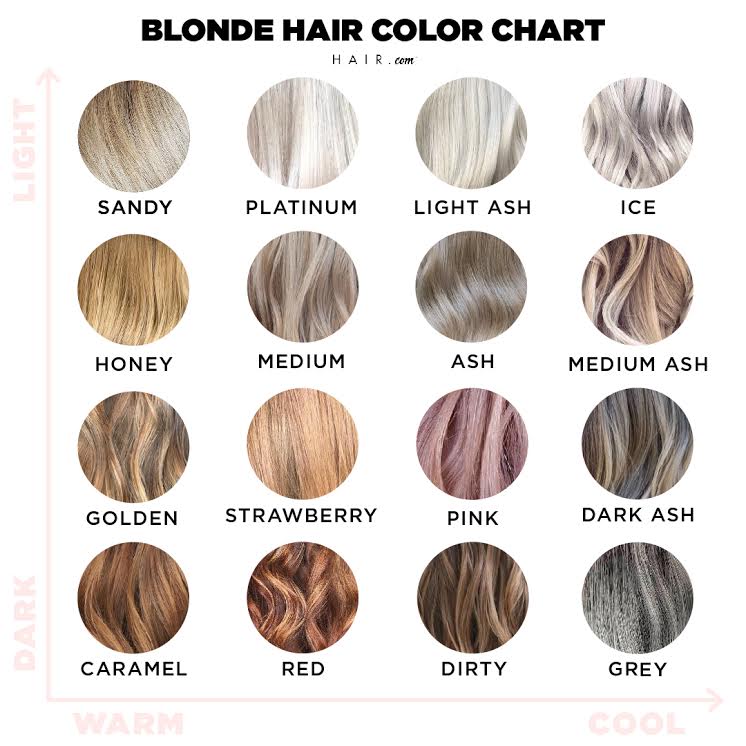
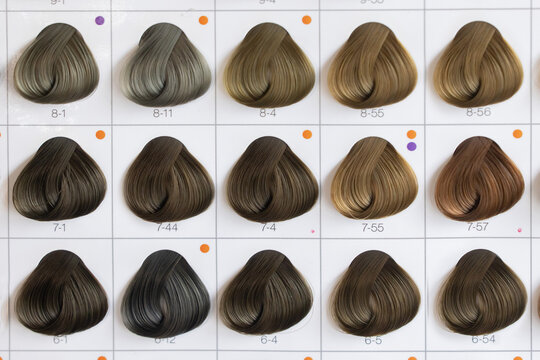
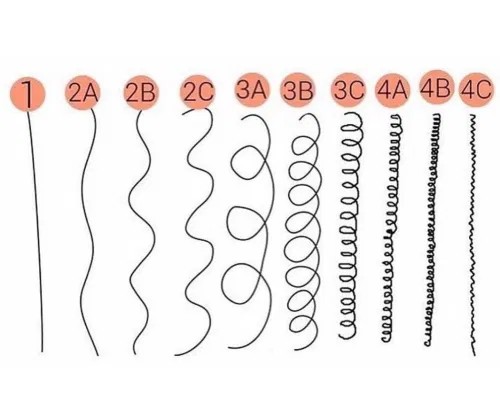
To identify the type of curls in your Hair, you need to wash and style it thoroughly. It is also helpful to know what products work best on your specific hair type. This will also help you determine a routine for washing and styling your hair, especially at night. Knowing your hair type will allow you to make the best decisions.
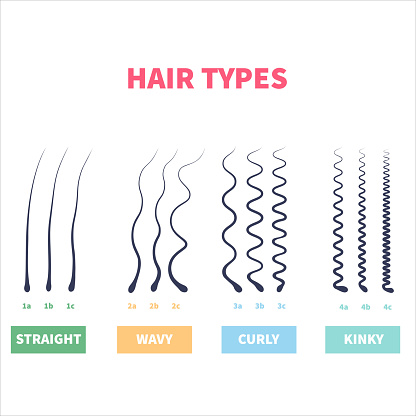
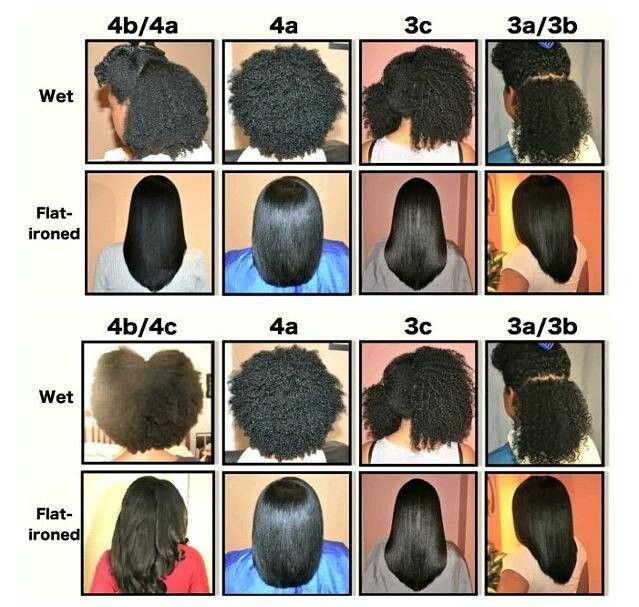
Curly Hair types are often separated into subtypes based on the diameter of the curl pattern. Knowing the shape of your curl pattern will help you decide on the type of hair products and routines you need to follow. If your hair is straight, there will be no curly pattern. However, if your hair has a S or Z shape, then you have curly hair.
The type 4A curl pattern is the most obvious type of curl pattern. Type 4A curls are compact and closely packed. They shrink to about half their length once dry. They tend to have less cuticle layers than other types. Those with type 4A hair should use thick leave-in conditioners or curl-defining creams to hydrate and define their spirals.
Type 2A hair is wavy, but has no defined curls. It may be smooth or frizzy. Type 2A strands are loose, while type 2B strands have loose, S-shaped waves that begin at the root. This type of hair is easy to style and blow dry.
Density of hair determines porosity of hair
Your hair’s porosity determines how well it absorbs moisture from the environment. The way in which the hair’s cuticles are laid flat and allow moisture to get through is one indicator of its porosity. An example of hair that has high porosity is curly hair, as the twists and turns in the curls cause the cuticles to lift up.
A simple way to test your hair’s porosity is by misting a section of it. Hair with high porosity is prone to absorb moisture easily, but can’t hold it. In contrast, hair with low porosity tends to hold on to moisture more efficiently and quickly.
When you are wet, you should make sure your hair doesn’t feel heavy or oily. If it feels dry or dripping, it is likely to be low in porosity. If you notice it is wet, but has no extra texture, your hair is medium-porous.
High porosity hair is prone to damaging the cuticles. This can result from improper care, environmental damage, and chemical treatments. High porosity hair tends to absorb a lot of moisture, making it difficult to shampoo and style properly. It also tends to have a lower elasticity than other types of hair. This is why it is important to use a product that seals the cuticles.
The pH of your hair affects its porosity. For example, virgin hair has an acidic pH, but chemical treatments push the hair into an alkaline state. In order to increase the pH of your hair, you should use a shampoo with alkaline ingredients. You can also use vitamin C, which will smooth the cuticle, though it might dry out your hair. Lastly, try apple cider vinegar, which helps seal the cuticle and lock in moisture.
Lightweight oils such as jojoba oil and coconut oil may help seal in moisture. However, it is important to note that too much conditioner may cause your hair to look limp and flat. In such cases, you may want to use a natural hair oil, like vitamin E oil, which is light and suited to low porosity hair.
Natural hair friendly hair chart
There is a natural hair chart that caters to the unique needs of people with naturally curly hair. There are a few differences between the charts, however. One is that some contain only two subcategories for Type 3 hair, while others include a fourth type, 4C hair. These hair types are characterized by a tight Z-pattern, but there are also instances when a hair type does not have a distinct curl pattern. Moreover, these types tend to be more fragile and susceptible to damage and breakage.
A natural hair friendly hair chart is a useful tool for naturalistas to determine which products are best suited for their hair type. The chart divides hair into four different types based on the type of curl pattern. These include 3c curls, spirals, and loose curls. Naturalistas who have spiraled or loose curls should use the correct products for their specific hair types.
Using the Lunar Hair Chart
The hair chart is a hair type classification system developed by Oprah Winfrey’s hairstylist Andre Walker. Although created originally as a marketing tool for his own hair care products, the chart has become a standard in the industry. You should understand your hair type before choosing a shampoo and conditioner.
Skin and hair chart
The Skin and hair chart is a colourful representation of human skin with anatomical illustrations of hair and nails. The chart shows the different layers of the skin, blood supply, sweat ducts, and hair types. It is large enough to hang in a clinic or home, and is designed and printed in the UK.
Lunar hair chart
Using the Lunar Hair Chart can be an effective way to lengthen, strengthen, and beautify your hair. However, navigating the chart can be tricky for beginners. Fortunately, MM has provided answers to common questions. With a little bit of guidance, you can use the chart to your benefit and achieve your lunar hair goals.
The moon is a powerful force that affects many different aspects of our lives, including hair growth. Many ancient cultures believe that the moon has a specific role to play in the growth cycle of our hair. The Morrocco Method uses this fact to guide hair care. It makes use of the lunar cycle to determine the best times to cut your hair.
Using the Lunar Hair Chart can be helpful for both men and women. The chart will show which days are ideal for shaving and hair cutting. The chart also provides information on when to trim hair to promote particular hair goals, such as thicker or longer hair. In addition, it will show you when it is best to do Root Work to promote scalp health.
According to the Lunar Hair Chart, you should trim your hair every month. The chart recommends trimming every eighth of an inch, which is ideal for maintaining healthy, shiny hair. A lunar hair chart is helpful for planning your next hair appointment, especially if you are having a short Hairstyle. A full moon is a particularly powerful time to cut hair.
Identifying your hair type
Identifying your hair type is an important aspect of hair care. It will determine your hair care routine and how often you need to wash it. The basic types of hair are straight, curly, or wavy. The moisture level in the scalp and the porosity of the hair strands will also affect your hair type.
Hair types are defined by several factors, which make it necessary to determine your own type. In some cases, your hair will react differently to different types of products and environments, but hair of the same type will respond similarly. Whether you have fine hair, thick hair, or curly hair, identifying your type can help you get the right products for your particular needs.
Understanding your hair type is important because it will help you choose the right products and techniques to care for it. There are four general categories of hair types, and there are several subcategories in each category. Each one of these categories has a unique set of needs, and the right products for your hair type will make the difference between smooth, wavy, and wavy.
Identifying your hair type can make your life much easier. It can help you find the right products for your hair and create a daily routine for hair care. It can also make styling your hair easier. By knowing your hair type, you’ll know how to style your hair accordingly. It will make your hair look its best.
Shampoos and conditioners for your hair type
The type of hair you have can make a huge difference when it comes to the type of shampoo and conditioner you use. You can find products for all hair types at a variety of different stores and online. Some of the most popular stores that carry shampoo and conditioners are Sephora, Ulta, and Dermstore. You can also find a wide selection at Target, Walmart, and Amazon.
Shampoos and conditioners for your hair type should be gentle enough to use every day without causing damage. There are two basic categories of shampoos and conditioners: everyday shampoo and clarifying shampoo. The first is mild enough for everyday use, while the second is more intense and will clean your hair without leaving it drier than before. While the latter is best for straight hair, wavy and curly hair will be more prone to frizz and dryness.
Choosing the right shampoo and conditioner for your hair type is crucial for maintaining healthy, shiny hair. If you have curly hair, a volumizing shampoo is the way to go. However, it’s important not to use this type of shampoo on dry hair. Likewise, if you have oily or combination hair, use a clarifying shampoo only once a week. Make sure to look for a formula that has moisturizing ingredients and does not contain alcohol or sulfates. You might also want to try a curl-defining shampoo or a protein shampoo to keep your strands looking their best.
If you have thick, coarse hair, you should avoid shampoos that contain harsh cleansing ingredients like sulfates. Sulfates will cause your hair to feel dry and brittle, which will only cause more damage to your tresses. Look for products that contain high concentrations of conditioning ingredients, like PG-propyl silanetriol. While silicones will help your hair look smooth and shiny, they also tend to create product buildup.
Product buildup for your hair type
When using styling products, be sure to avoid product buildup on your hair. This can cause various problems, from a greasy feeling to lack of movement. Moreover, the accumulation of products can weigh your hair down, causing strands to stick together. This is one of the main causes of hair breakage.
Product buildup can occur when too much or too little product is applied to the hair. In addition, the products you use should be mixed properly. Heavy application of styling products and using co-washing may also cause product buildup. The cause of this condition is not always obvious; it depends on the individual’s hair type.
Product buildup on your hair can cause dryness and itching. It also prevents the strands from taking in the necessary moisture. Since natural hair is already prone to dryness, excess product buildup on it can further aggravate the problem. A simple solution is to reduce the number of styling products that you use.
